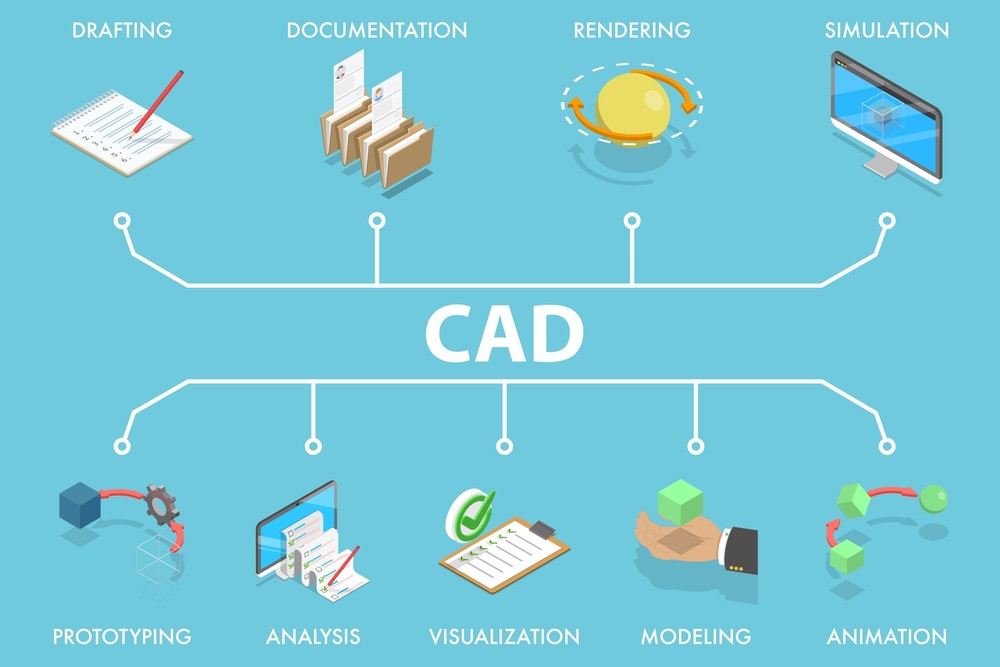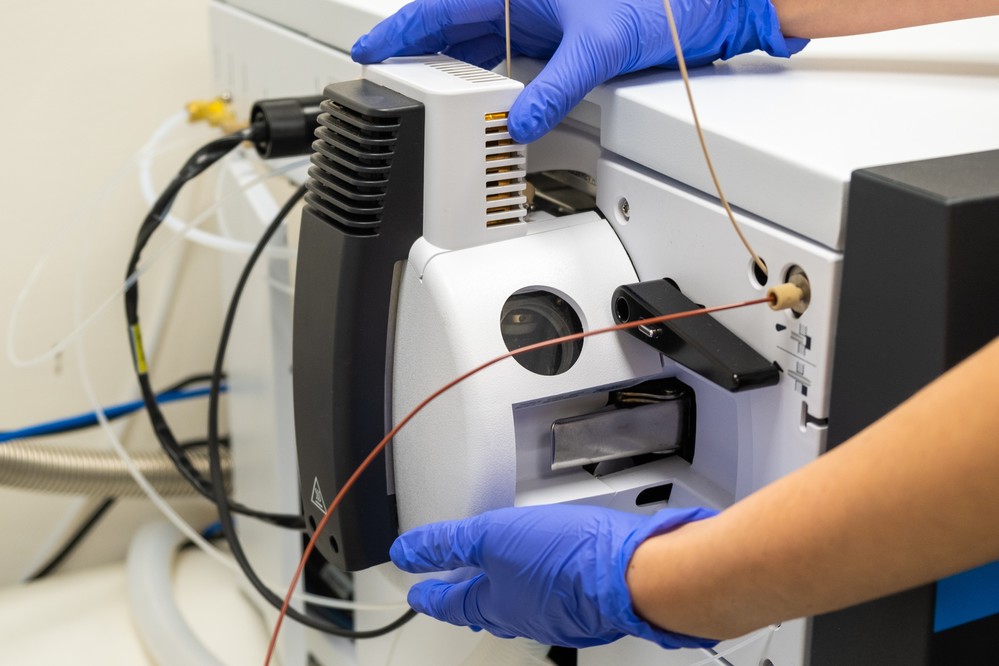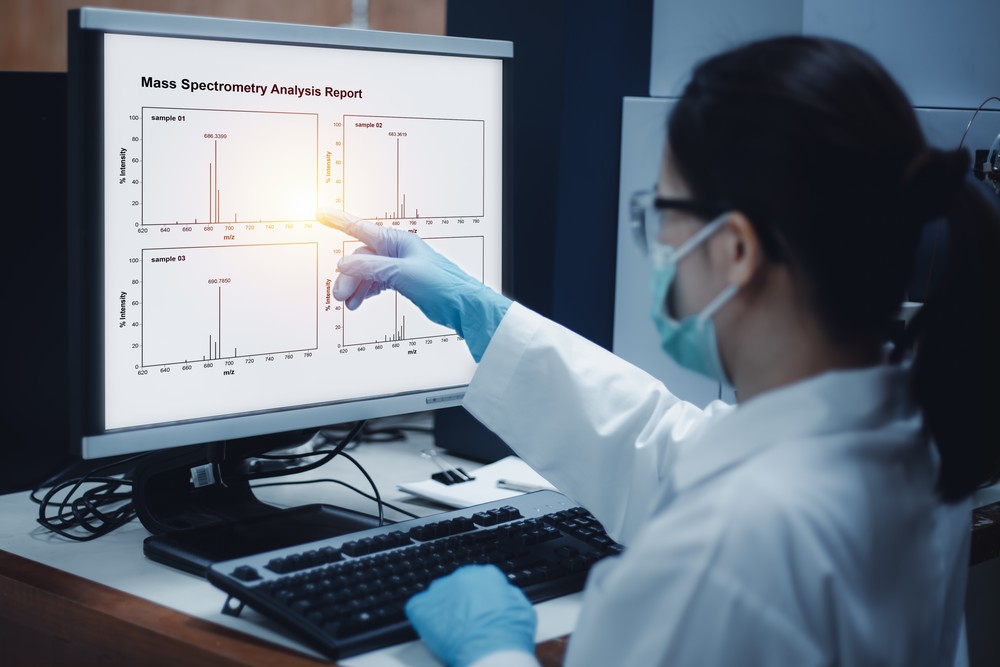* Please be kindly noted that our services and products can only be used for research to organizations or companies and not intended for any clinical or individuals.
As a leading service provider in drug discovery and research, BOC Sciences is fully capable and committed to providing one-stop proteolysis targeting molecular drug discovery based on chimeric. This has become a promising strategy in the field of drug discovery. With a comprehensive and advanced platform, we provide PROTAC molecular discovery package services to customers around the world to meet new drug discovery goals. This includes a variety of services that cover the entire process.
What is PROTAC?
PROTAC (protein degradation targeted chimera) is a special protein degradation technology, which uses ubiquitin proteasome pathway, a natural protein degradation pathway in cells, to remove specific proteins that need to be degraded. A PROTAC molecule consists of two key domains: the domain that specifically binds to the target protein that needs to be degraded, and the domain that binds to the E3 ubiquitination ligase, which is linked by a specific linker. Unlike traditional small molecule inhibitors, which can only regulate the activity of target proteins, PROTAC can directly degrade target proteins through the protein destruction mechanism of cells themselves. Intracellular proteins with abnormal structure or function are labeled with polyubiquitin by a series of enzymes, which are then transferred to the proteasome for degradation.
Challenges We Help Solve
Undruggable Targets in Traditional Therapeutics
Many target proteins lack effective binding sites, making it difficult for traditional small molecule drugs to exert therapeutic effects.
Drug Resistance Issues
Traditional drugs may become ineffective due to target mutations or resistance. PROTAC technology overcomes this by degrading the target protein directly.
Low Drug Development Efficiency
Traditional drug development is time-consuming and costly. PROTAC technology significantly shortens the development cycle and increases success rates.
Services
Our PROTAC Design Services
PROTAC Molecule Design
Target Protein Ligand Selection: Screen high-affinity small molecule ligands or biologics based on target characteristics to ensure stable binding to the target protein.
E3 Ligase Ligand Optimization : Offer selection and optimization of various E3 ligase ligands (e.g., CRBN, VHL, IAP) to enhance PROTAC degradation efficiency.
Linker Design and Optimization : Design linkers of varying lengths and chemical properties to optimize PROTAC conformation and stability, ensuring efficient binding of the target protein and E3 ligase.
Computer-Aided Drug Design (CADD): Utilize molecular docking , molecular dynamics simulations, and other technologies to predict binding modes and stability, guiding molecule design.
PROTAC Synthesis and Optimization
Efficient Synthesis Services: Provide synthesis services from milligram to gram scale, ensuring high quality and purity of PROTAC molecules.
Structural Optimization: Enhance PROTAC molecule stability and bioavailability through chemical modification and structural refinement.
Impurity Analysis and Purification: Use HPLC, LC-MS, and other technologies to analyze purity and remove impurities from synthesized products.
Binary and Ternary Complex Formation Analysis: Verify the binding ability of PROTAC molecules to both target proteins and E3 ligases using techniques such as fluorescence polarization and SPR.
Target Ubiquitination Analysis: Evaluate the ubiquitination level of target proteins using Western blot and other methods to assess the degradation mechanism.
Target Degradation Level Analysis: Quantitatively analyze the degradation efficiency of target proteins using Western blot, ELISA, etc.
Cellular Activity Assays: Assess the degradation activity and cytotoxicity of PROTAC molecules across various cell lines.
Metabolic Stability Analysis: Assess PROTAC metabolic stability through in vitro experiments such as liver microsome stability tests.
Metabolite Identification: Use LC-MS/MS to identify major metabolites of PROTAC molecules.
Pharmacokinetic Studies: Evaluate the absorption, distribution, metabolism, and excretion (ADME) characteristics of PROTAC molecules in animal models.
Customized Services
Target-Specific Design: Design PROTAC molecules tailored to specific targets provided by the client.
Multifunctional PROTAC Design: Develop multifunctional PROTAC molecules, such as dual-target PROTACs that degrade multiple targets simultaneously.
Preclinical Development Support: Provide comprehensive support from molecule design to preclinical research, including in vitro/in vivo efficacy validation and toxicity assessment.
Advantages
Why Choose Our Services?
01.Comprehensive and Professional Services
All-Inclusive Services: We provide a full range of services, from PROTAC molecule design, synthesis, and optimization to in vitro and in vivo evaluation, drug metabolism studies, and more, meeting all customer needs in the PROTAC drug development process.
Professional Team: We have a team of experienced professionals with strong academic backgrounds and practical experience in areas such as medicinal chemistry, biochemistry, and molecular biology, ensuring high-quality service for our clients.
02.Significant Technological Advantages
Advanced Design Platform: Utilizing advanced technologies such as computer-aided drug design (CADD), we efficiently design PROTAC molecules, optimize molecular structures, and improve the success rate and efficiency of designs.
Rich Building Block Library: We have an extensive library of E3 ligase ligands, target protein ligands, and linker building blocks, offering more options and possibilities for PROTAC molecule design, which aids in quickly screening PROTAC molecules with good activity and specificity.
High-Throughput Screening Platform: We employ high-throughput screening technologies such as HiBiT-tagged stable cell lines, allowing for fast and accurate assessment of PROTAC molecule degradation activity, accelerating the drug development process.
03.Outstanding Efficiency and Selectivity
Catalytic Degradation Function: PROTAC technology operates via an event-driven pharmacological mechanism, catalyzing the degradation of target proteins. This allows for a low compound concentration to achieve high degradation efficiency, reducing dosage frequency and improving the drug's efficacy and safety.
High Selectivity: PROTAC molecules selectively target specific proteins, with greater selectivity for homologous target proteins than traditional inhibitors, helping to reduce drug toxicity and side effects.
04.Overcoming Drug Resistance Issues
Unique Mechanism of Action: PROTAC technology degrades target proteins rather than inhibiting their function, overcoming drug resistance caused by target mutations, offering a new solution for treating resistant diseases.
Wide Application Range: PROTAC can target various types of proteins, including those traditionally difficult to drug with conventional methods, such as transcription factors and scaffold proteins, expanding the target scope for drug development.
05.In-Depth Pharmacokinetics Studies
Professional Research Platform: With rich experience and specialized platforms in pharmacokinetics studies, we provide a full range of services including in vivo pharmacokinetics experiment design, in vitro method selection, and biological sample analysis, providing strong support for PROTAC drug development.
Data Interpretation and Strategy Optimization: We have an outstanding advantage in pharmacokinetics research strategies and data interpretation, offering optimization suggestions based on study results to effectively shorten the development cycle of PROTACs.
Workflow
Workflow of PROTAC Design Services
Needs Analysis
Communicate with clients to clarify targets and research objectives.
Molecule Design
Design PROTAC molecules based on target characteristics.
Synthesis and Optimization
Synthesize and structurally optimize PROTAC molecules.
In Vitro Evaluation
Validate degradation capability using various experimental methods.
In Vivo Validation
Assess efficacy and safety in animal models.
Data Analysis & Reporting
Deliver detailed experimental data and analysis reports.
Platform
Applicaiton
Application Areas
Cancer Treatment
Develop efficient PROTAC molecules for resistant and hard-to-treat cancers.
Neurodegenerative Diseases
Degrade pathogenic proteins, providing new therapeutic strategies for neurodegenerative diseases.
Immunological Diseases
Regulate the immune system by degrading key signaling proteins.
Discover Additional Solutions for Your Research

- Precise Screening
- Cellular Phenotypic Assays
- Targeted Degradation Profiling

- Pharmacodynamics Monitoring
- Tissue-Specific Degradation
- Long-Term Toxicity Studies

- Ligase Engineering
- Ligase-Targeted Synergy
- Modular Ligase Systems

- High-Yield Expression
- Protein Engineering
- Biochemical Characterization

- Lysosomal Targeting
- Novel Degradation Pathways
- Selective Autophagy Activation

- Enhanced Ubiquitination
- Improved Targeting Effect
- Degradation Rate Modulation

- Personalized Drug Design
- Multitargeted Drug Design
- Disease-Driven Optimization

- Targeted Custom Design
- High Selectivity and Efficiency
- Enhanced Affinity
Discover Products for Your Research

- Chemical Diversity
- Rapid Synthetic Accessibility
- Efficient Conjugation Stability

- High-Affinity Binding
- Diverse E3 Ligase Coverage
- Lead Structure Optimization

- High Target Selectivity
- Defined SAR Profiles
- Broad Target Compatibility

- Natural Product-Inspired Design
- Synergistic Ubiquitination
- Non-Traditional Target Degradation

- Multi-target or Dual-target Design
- Bifunctional Degrader
- Efficient Target Degradation

- Variable Length & Flexibility
- PEG/Alkyl/Aromatic Scaffolds
- Supports SAR Optimization
Further Reading on Related Topics
FAQ
Frequently Asked Questions (FAQs)
1. How do PROTAC molecules work?
PROTAC molecules bring the target protein close to the E3 ubiquitin ligase, causing ubiquitination and subsequent proteasomal degradation of the target protein.
2. What is the recycling capability of PROTAC molecules?
After degrading the target protein, PROTAC molecules can be recycled, offering high efficiency and low usage requirements.
3. How do you select E3 ligase ligands?
We select the most suitable E3 ligase ligands based on the target characteristics and customer needs to ensure the efficiency of PROTAC molecules.
4. What are the considerations for PROTAC molecule metabolism studies?
We provide professional metabolite identification and pharmacokinetic evaluation services to ensure the stability and bioavailability of PROTAC molecules.
Our Advantages

High Selectivity & Specificity

Bifunctional Small Molecule Design

Custom Synthesis Services

Multi-target Degradation Capability

Innovative PROTAC Design Strategies
References:
- Farnaby, W., Koegl, M., Roy, M. J., Whitworth, C., Diers, E., Trainor, N., ... & Gmaschitz, T. (2019). Publisher Correction: BAF complex vulnerabilities in cancer demonstrated via structure-based Protac design. Nature chemical biology, 15(8), 846-846.
- Barranco-Medina, S., Murphy, M., Pelc, L., Chen, Z., Di Cera, E., & Pozzi, N. (2017). Rational Design of Protein C Activators. Scientific reports, 7, 44596.
* PROTAC® is a registered trademark of Arvinas Operations, Inc., and is used under license.














